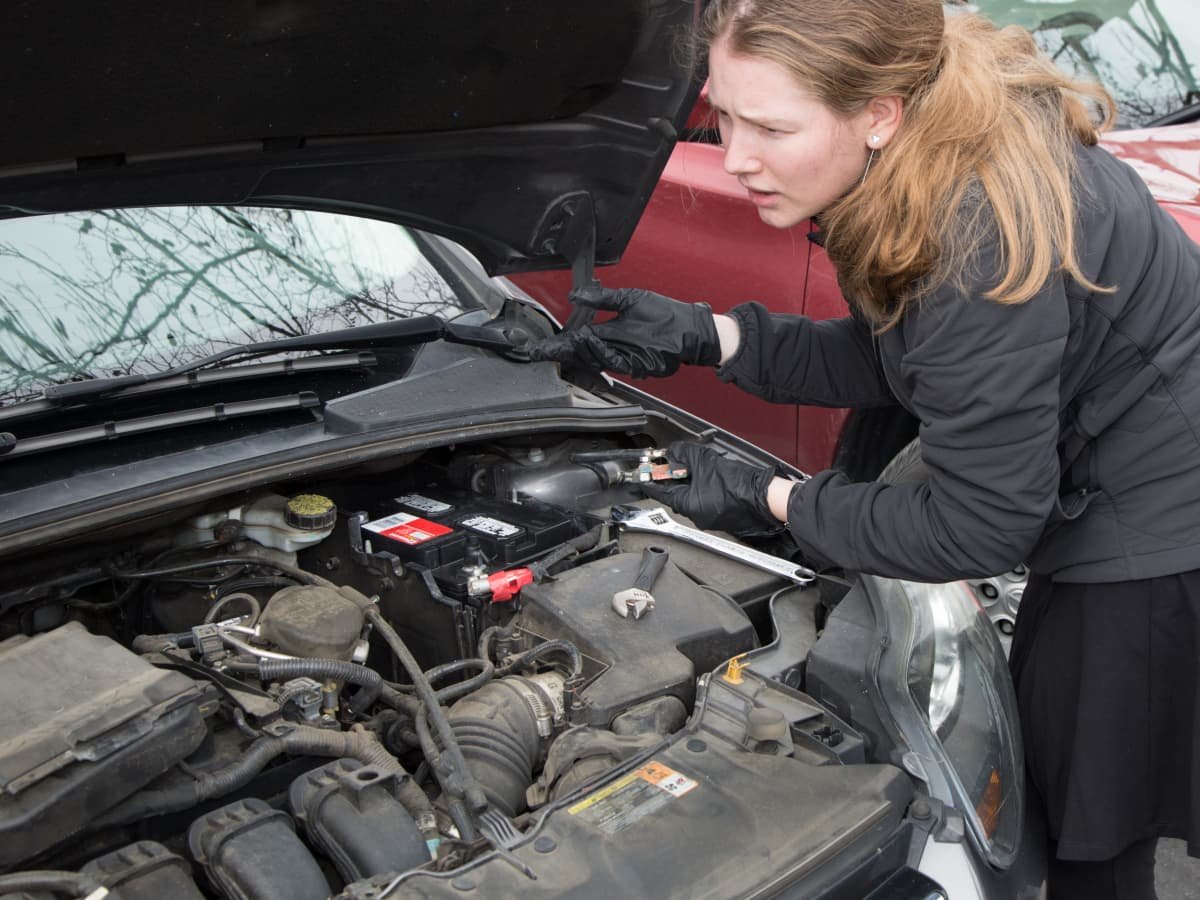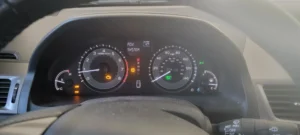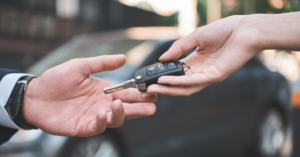A car that shuts off while idling but restarts without any warning lights on the dashboard can be frustrating and confusing. Since the check engine light usually indicates a problem with the engine or sensors, its absence makes diagnosing the issue more difficult.
However, this does not mean there isn’t a problem—it just means the issue is not being detected by the car’s onboard diagnostics system.
This problem can happen for various reasons, ranging from minor issues like a dirty throttle body to more serious concerns such as a failing fuel pump or faulty sensors. The good news is that if your car starts again without hesitation, the problem is often something that can be fixed without a major repair.
This guide will explore the possible causes of this issue, how to diagnose it, and what steps you can take to fix it.
Common Causes of a Car Dying at Idle But Restarting Easily
1. Dirty or Faulty Idle Air Control Valve (IACV)
The idle air control valve regulates the engine’s idle speed by adjusting the amount of air that enters the engine. If it becomes dirty or malfunctions, the engine may stall when idling.
Symptoms of a Bad IAC Valve:
- Rough or fluctuating idle speed
- Engine stalling at stop signs or red lights
- No check engine light, but unpredictable stalling
Solution:
- Remove the IAC valve and clean it with throttle body cleaner.
- If cleaning doesn’t help, replace the valve.
2. Dirty Throttle Body
A dirty throttle body can restrict airflow, causing the engine to stall at low RPMs.
Symptoms of a Dirty Throttle Body:
- Rough idle or hesitation
- Engine dies when coming to a stop
- Throttle response feels sluggish
Solution:
- Clean the throttle body using a throttle body cleaner and a microfiber cloth.
- Ensure there is no carbon buildup restricting airflow.
3. Faulty Mass Airflow Sensor (MAF)
The MAF sensor measures how much air is entering the engine. If it sends incorrect data, the engine may shut off at idle but restart fine.
Symptoms of a Faulty MAF Sensor:
- Stalling at idle but no check engine light
- Poor acceleration or hesitation
- Occasional engine surging
Solution:
- Clean the MAF sensor with a specialized cleaner.
- If cleaning doesn’t work, replace the sensor.
4. Vacuum Leaks
A vacuum leak allows excess air into the engine, disrupting the air-fuel ratio and causing stalling.
Symptoms of a Vacuum Leak:
- High or fluctuating idle
- Hissing noise from the engine bay
- Stalling when idling but restarting easily
Solution:
- Inspect vacuum hoses for cracks or loose connections.
- Spray carburetor cleaner around suspected areas and listen for changes in idle speed.
- Replace damaged hoses or seals.
5. Failing Fuel Pump or Clogged Fuel Filter
If the fuel pump isn’t delivering enough fuel at idle, the engine may stall. A clogged fuel filter can also restrict fuel flow.
Symptoms of Fuel Delivery Issues:
- Car runs fine at high speeds but stalls at idle
- Hard starting after the car dies
- Fuel pump may be noisier than usual
Solution:
- Test the fuel pressure using a gauge.
- Replace the fuel filter if it’s old or clogged.
- If pressure is low, replace the fuel pump.
6. Failing Crankshaft or Camshaft Position Sensor
Even though these sensors typically trigger a check engine light, they can sometimes fail intermittently without storing a fault code.
Symptoms of a Bad Sensor:
- Engine dies randomly at idle
- No warning lights on the dashboard
- Possible difficulty restarting after stalling
Solution:
- Use a diagnostic scanner to check sensor readings.
- If the sensor readings are erratic, replace the faulty sensor.
7. Weak Battery or Alternator Issues
If the alternator isn’t charging properly, the engine might shut off at idle due to insufficient voltage.
Symptoms of Charging System Issues:
- Dim headlights or flickering dashboard lights
- Battery warning light may briefly appear
- Car restarts but dies again when idling
Solution:
- Test the alternator’s output voltage (should be around 13.5-14.5V).
- If the alternator is weak, replace it.
- Check battery terminals for corrosion.
8. Engine Control Module (ECM) Glitches
In rare cases, a glitch in the ECM may cause intermittent stalling.
Symptoms of ECM Issues:
- No consistent pattern to the stalling
- Car restarts fine with no codes stored
- Sometimes resolves on its own temporarily
Solution:
- Disconnect the battery for 10-15 minutes to reset the ECM.
- If the issue persists, update or replace the ECM if necessary.
How to Diagnose the Problem
If your car dies while idling but restarts easily, follow these steps to identify the cause:
Step 1: Listen for Unusual Noises
- A hissing sound could indicate a vacuum leak.
- A whirring or whining noise from the fuel tank suggests a weak fuel pump.
Step 2: Check for Fuel Issues
- Turn the key to the “On” position without starting the engine. If you don’t hear the fuel pump priming, it may be failing.
- Try tapping the fuel pump with a rubber mallet; if the car starts, the pump is likely faulty.
Step 3: Inspect Idle Control Components
- Remove and clean the IAC valve and throttle body.
- Check for any cracked vacuum hoses.
Step 4: Test Electrical Components
- Use a multimeter to check the alternator’s voltage output.
- Ensure the battery is in good condition and terminals are clean.
Preventive Maintenance to Avoid Stalling Issues
To prevent your car from shutting off while idling, follow these maintenance tips:
- Regularly clean the throttle body and IAC valve to ensure smooth airflow.
- Replace the fuel filter at the recommended interval to prevent clogging.
- Check vacuum hoses periodically for cracks or leaks.
- Keep sensors clean and functioning by using proper cleaners when necessary.
- Ensure the battery and alternator are in good condition to maintain proper voltage.
When to See a Mechanic
If the issue continues despite basic maintenance, it’s best to consult a mechanic. You should seek professional help if:
- The car stalls frequently and unpredictably.
- It struggles to restart after dying.
- There are signs of fuel delivery issues, such as hesitation or poor acceleration.
A car that dies while idling but restarts easily—without triggering a check engine light—can be caused by minor issues like a dirty throttle body or more serious problems like a failing fuel pump. Diagnosing the issue requires careful observation and basic troubleshooting steps.
By addressing the problem early, you can avoid costly repairs and keep your vehicle running smoothly. If you’re unsure about the cause, consulting a mechanic is always a good idea to prevent further complications.





